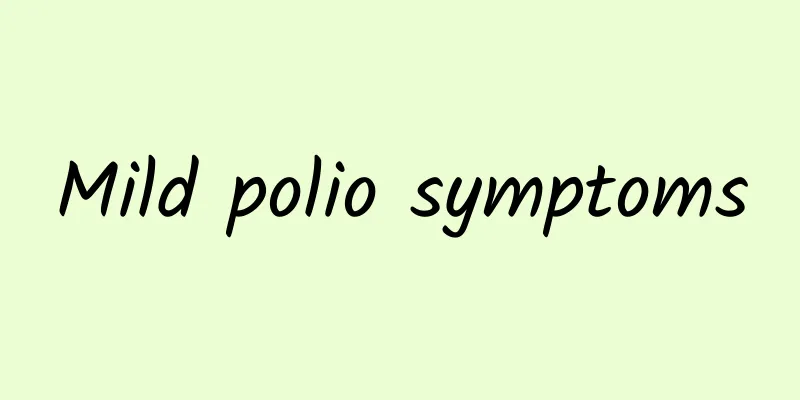When does breast milk jaundice appear?

|
The onset of breast milk jaundice is similar to that of physiological jaundice, usually appearing in 4-7 days and gradually getting worse. However, while physiological jaundice disappears within 10-14 days, breast milk jaundice disappears slowly, taking 3-4 weeks to disappear, and in some cases may last up to 12 weeks after birth. The mechanism of breast milk jaundice is related to -glucuronidase in colostrum. Increased activity of this enzyme can lead to reabsorption of unconjugated bilirubin in the bile duct, resulting in hyperbilirubinemia mainly composed of indirect bilirubin. Clinical features of breast milk jaundice1. Jaundice does not subside. It occurs during the period of physiological jaundice, which is 2 days to 2 weeks after birth, but does not disappear with the disappearance of physiological jaundice. 2. Jaundice degree: Mostly mild or moderate, severe is rare, and elevated unconjugated bilirubin is the most common. 3. Good general condition. The baby is completely healthy except for jaundice, eats well, has normal bowel movements and urination, gains weight satisfactorily, has no enlarged liver or spleen, has normal liver function, and is HBsAg negative. 4. Jaundice disappears quickly after breastfeeding is stopped. Jaundice is significantly relieved 48-72 hours after breastfeeding is stopped, and bilirubin drops rapidly to about 50% of the original level. After breastfeeding is resumed, serum bilirubin will rise again within 1-2 days, and then slowly decrease after a period of time. If breastfeeding is not stopped, bilirubin will also drop to normal on its own. 5. Good nutritional development, weight gain, normal urination and defecation, and normal stool color. 6. The liver and spleen are not enlarged. 7. Normal liver function, no anemia. 8. Jaundice usually appears 4-5 days after birth and gradually worsens. Elevated bilirubin can last for about 10 days, and then the jaundice gradually subsides and returns to normal levels in 3-12 weeks. What to do about breast milk jaundiceBreast milk jaundice is a condition where neonatal jaundice persists for 1-2 months. The symptoms are the same as neonatal jaundice, with yellowing of the skin and whites of the eyes. If the jaundice persists for 2-3 weeks and has not subsided, you should go to the hospital for examination to confirm whether the baby has breast milk jaundice. Parents can stop breastfeeding for 3 days and switch to artificial feeding to measure the amount of bilirubin in the baby's blood. Note that the amount of milk is calculated as 150ml/kg.d. During the suspension of breastfeeding, the mother should use a breast pump to suck out the breast milk to maintain sufficient milk secretion and provide breastfeeding after the jaundice subsides. If bilirubin is reduced, it means that the cause of jaundice may be breast milk. At this time, the baby does not need any treatment. Parents can drink as usual. Do not stop breastfeeding for fear of jaundice. Babies with more severe jaundice symptoms can be treated with liver protection, enzyme inducers and other drugs. The prognosis of breast milk jaundice is good. Jaundice disappears after stopping breastfeeding. So far, there has been no report of bilirubin encephalopathy caused by breast milk. In order to reduce the occurrence of this disease, breastfeeding mothers should be encouraged to start breastfeeding early, feed small amounts of milk multiple times, increase the frequency of bowel movements, reduce the intestinal absorption of bilirubin, and reduce the incidence of jaundice. In addition, children should be given supportive therapies such as keeping warm, increasing calories, and preventing infection to prevent worsening jaundice. |
<<: When will neonatal jaundice be the yellowest? When will jaundice subside?
>>: Can newborns with jaundice take Yinzhihuang oral liquid?
Recommend
What to do if your baby has a cough and fever? How to treat your baby's cough and fever
Children's immunity is not as good as that of...
How to care for a one-year-old baby with a cold, cough and phlegm
Colds are mostly caused by inflammatory stimulati...
How to prevent children from catching colds in autumn and winter? Six tips to prevent and treat children from catching colds
Autumn and winter are the two seasons that are mo...
What are the diagnostic tools for Kawasaki disease?
There are many hidden diseases around us, such as...
Three major characteristics of breast milk jaundice
Breast milk jaundice refers to jaundice symptoms ...
What are other traditional Chinese medicine treatments for mumps?
What are other TCM treatments for mumps? Massage ...
How to treat baby's red buttocks?
When the baby is not crying or making a fuss, par...
What is the cause of baby's indigestion? Here are some ways to treat baby's indigestion
During the Spring Festival, the reunion of relati...
Are probiotics effective for neonatal jaundice?
Taking probiotics is beneficial to the treatment ...
What to do if the baby has poor resistance
Most babies do not have particularly good resista...
What causes convulsions in children? Is it possible that convulsions in children are caused by congenital central nervous system malformations?
Children are more prone to convulsions. Every tim...
What are the symptoms of pathological jaundice in children? Be alert to the following four symptoms
Everyone has some understanding of jaundice. Some...
What should children eat to cure cold, cough and sore throat?
When children have a cold, cough, and sore throat...
How to prevent pneumonia in children? Parents should learn three methods to prevent pneumonia in children.
The incidence of pneumonia in children is very hi...
What is the treatment for protein-energy malnutrition? Introduction to TCM treatment methods
Protein-energy malnutrition is not conducive to t...









